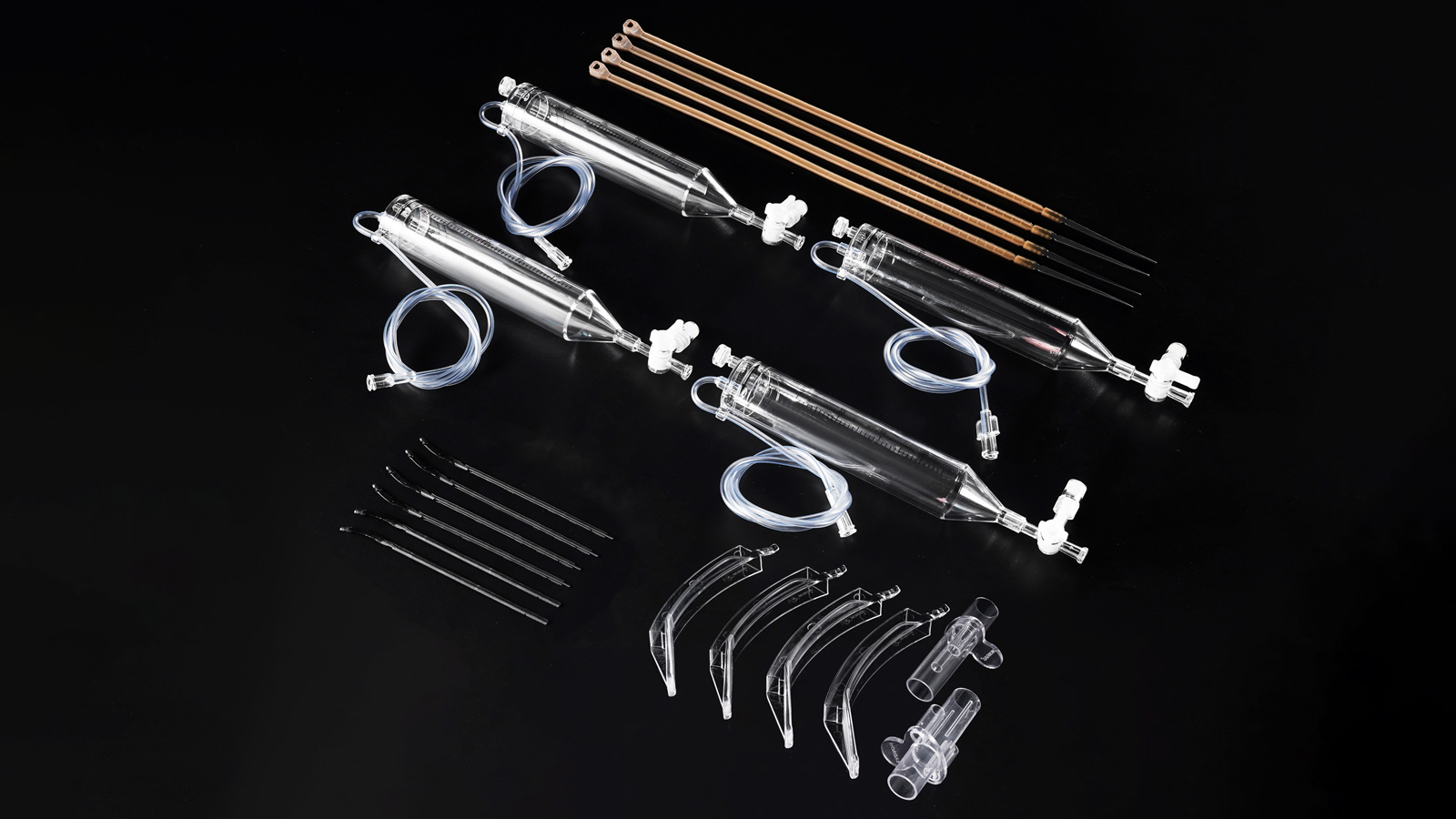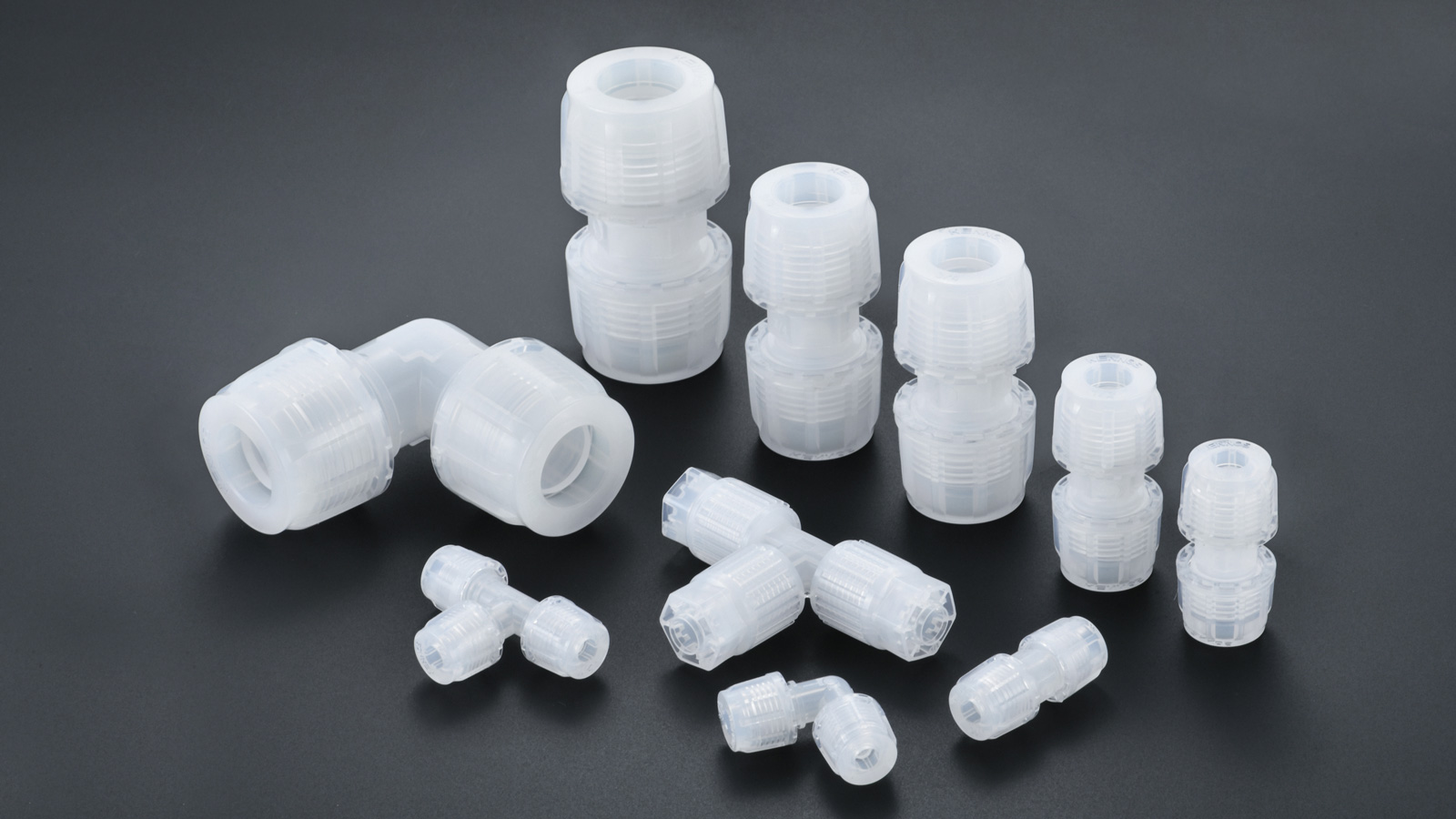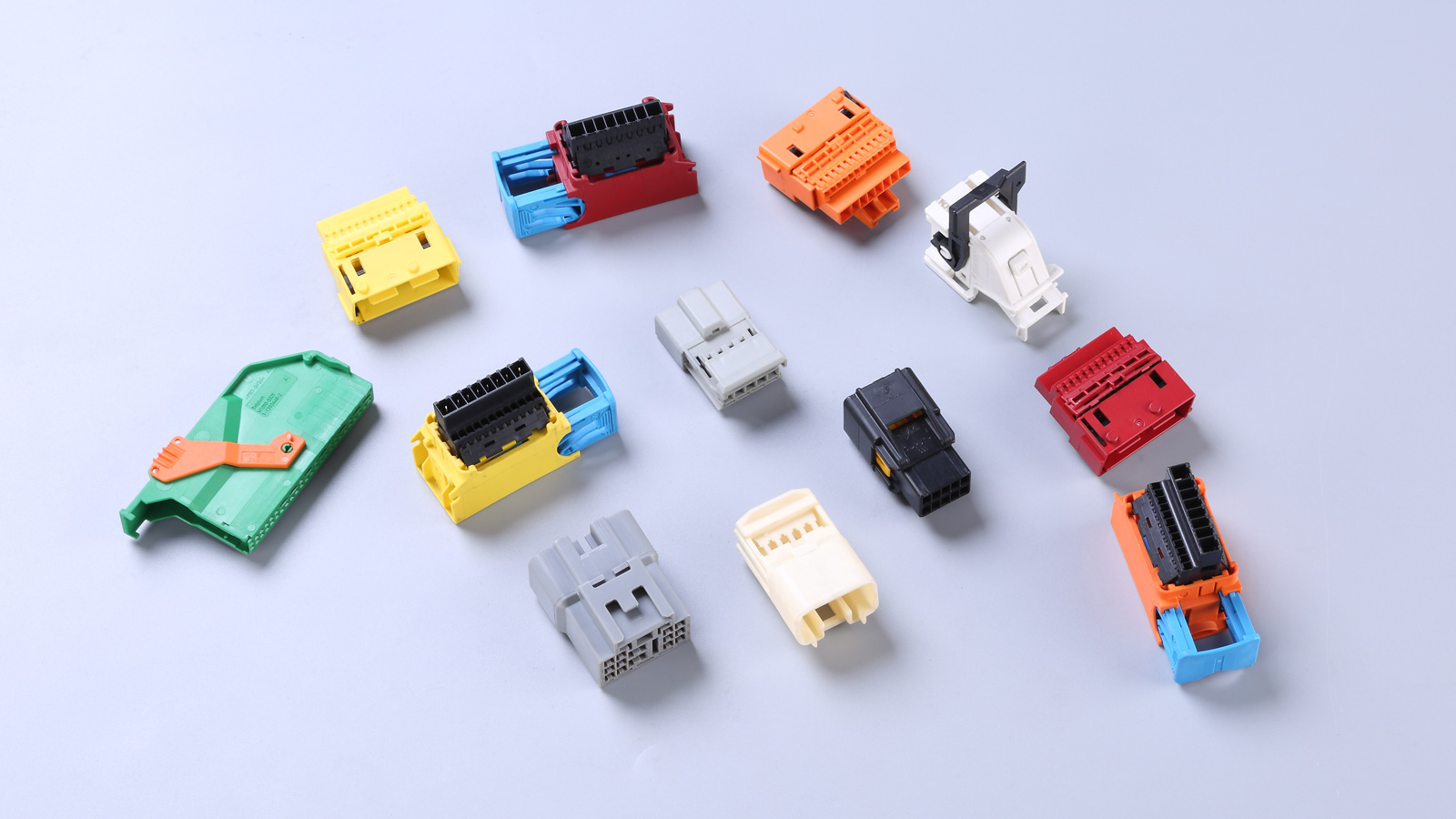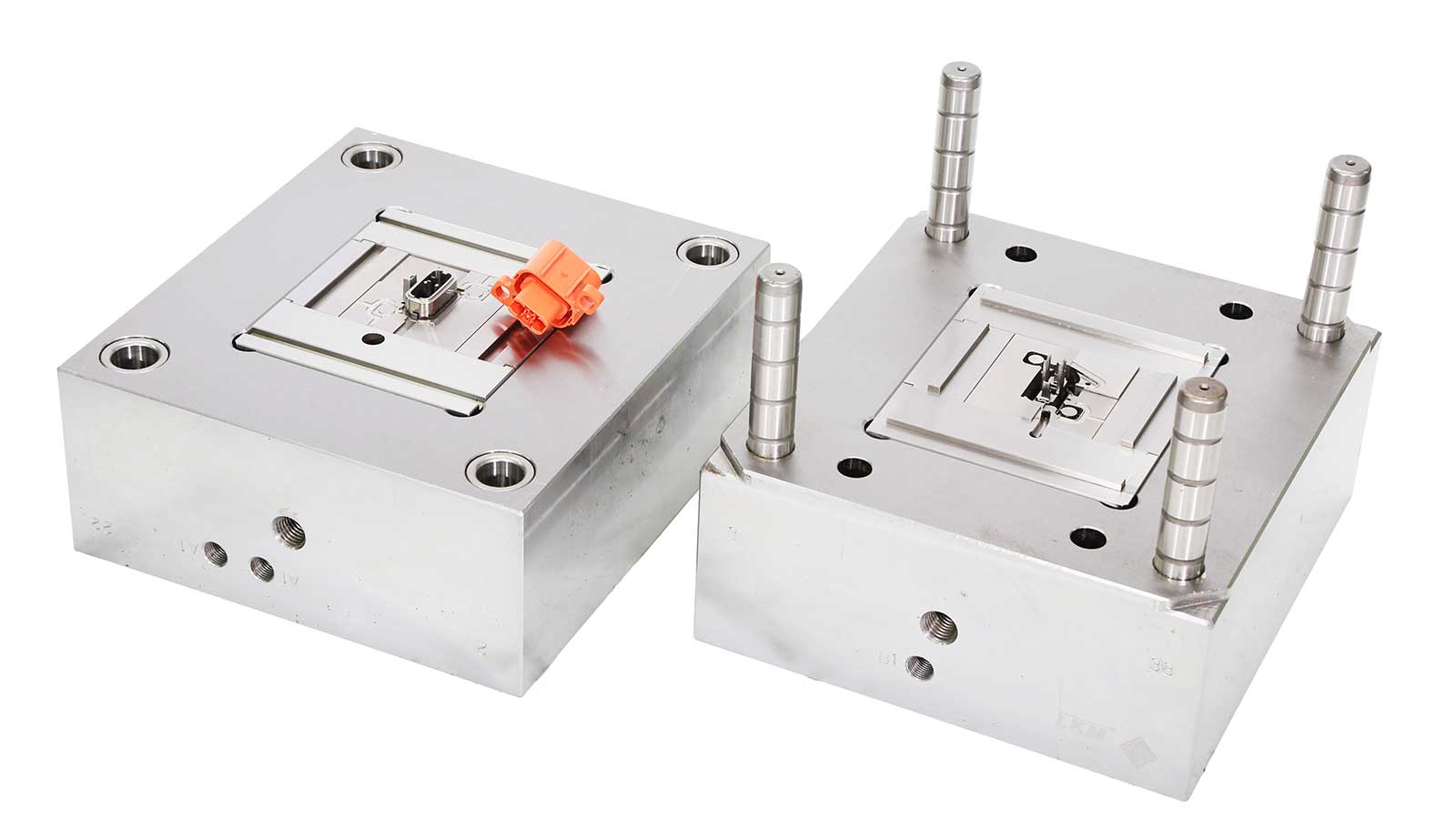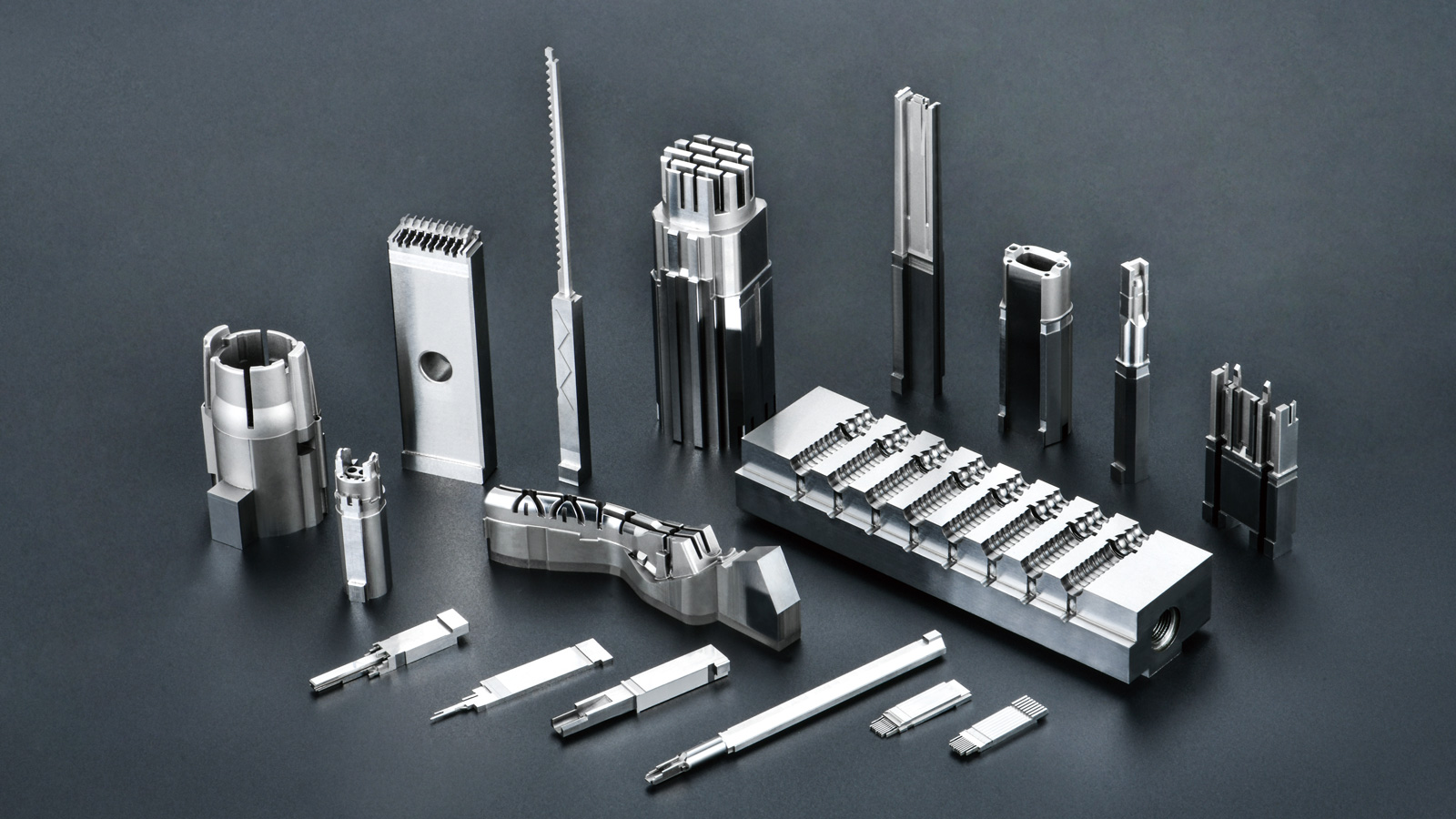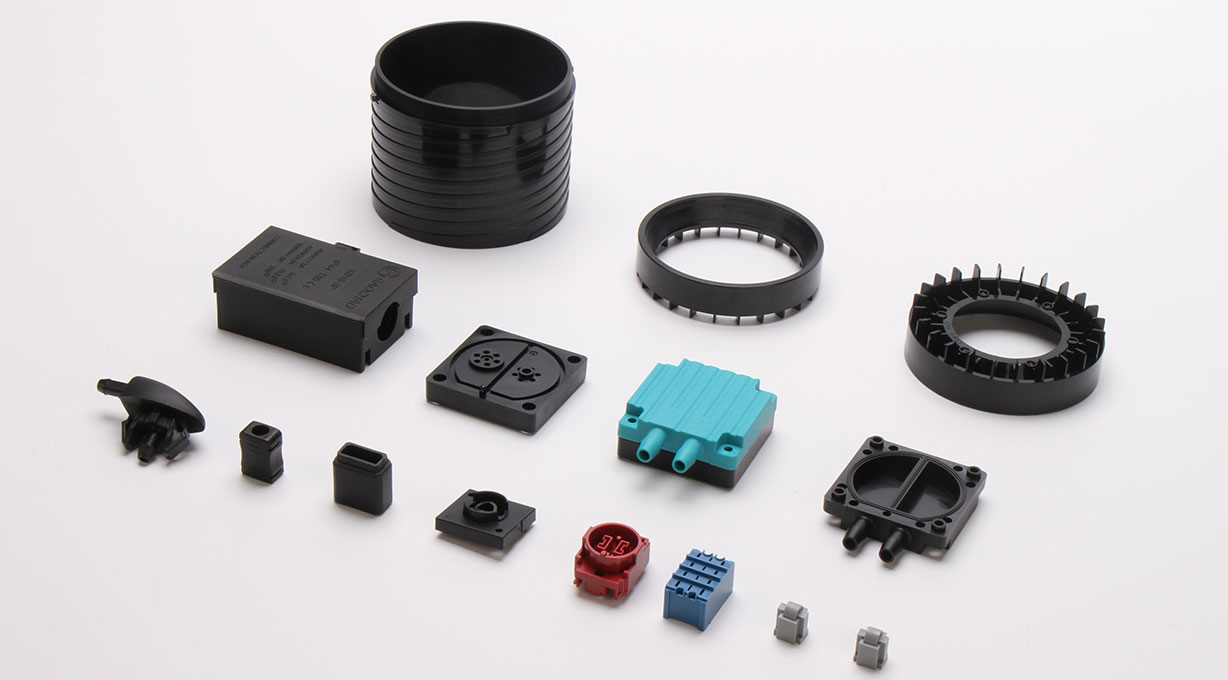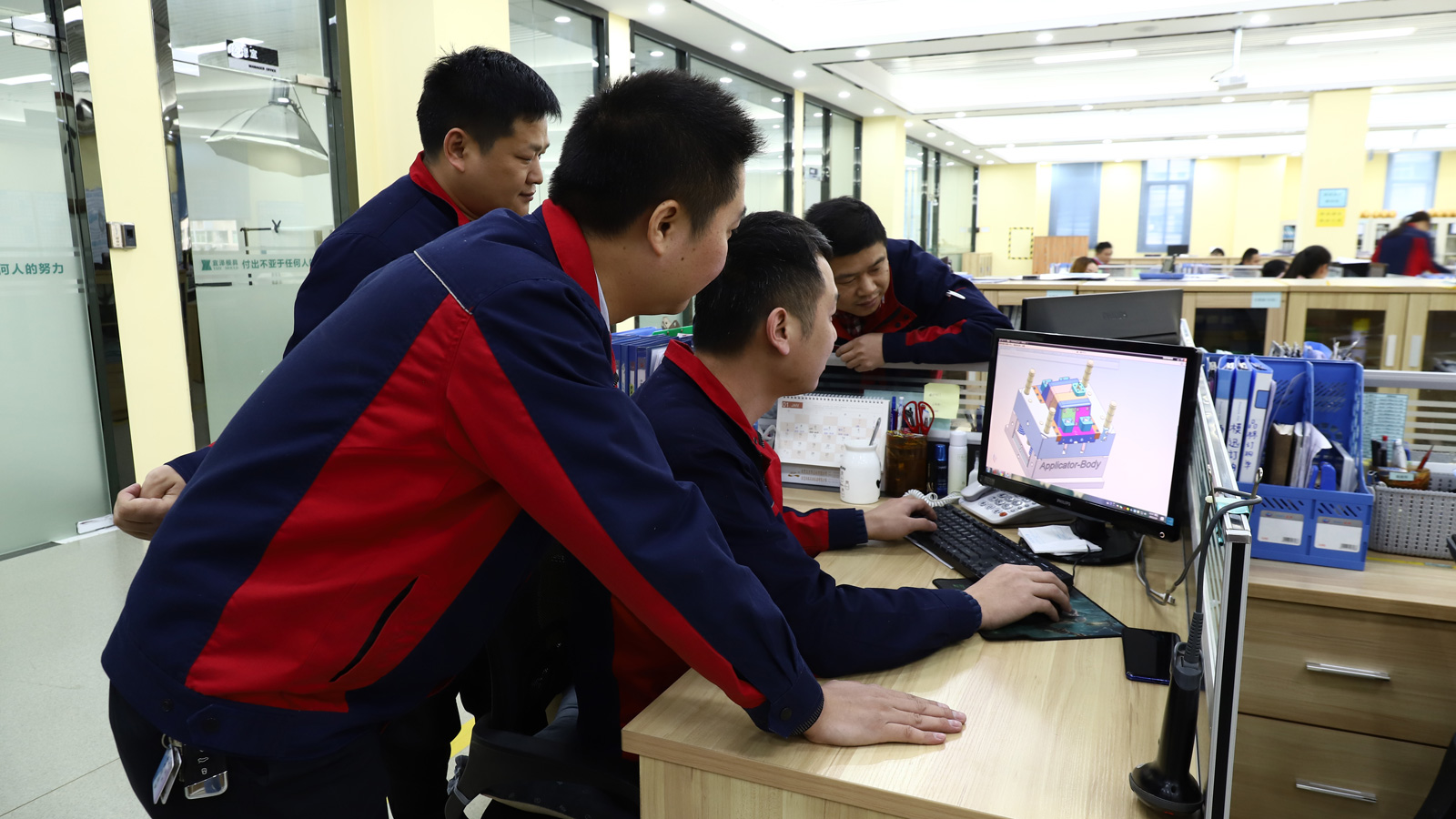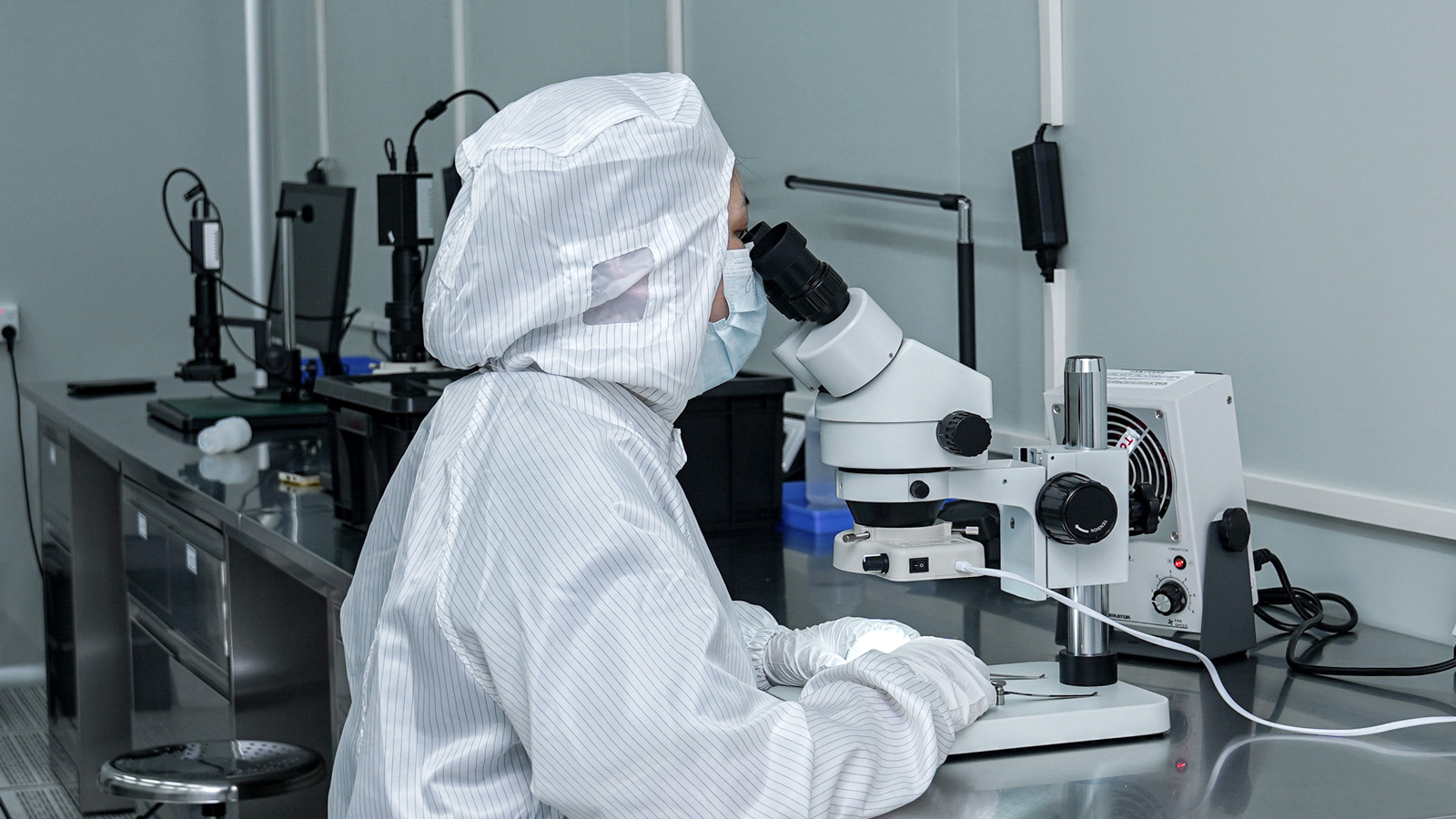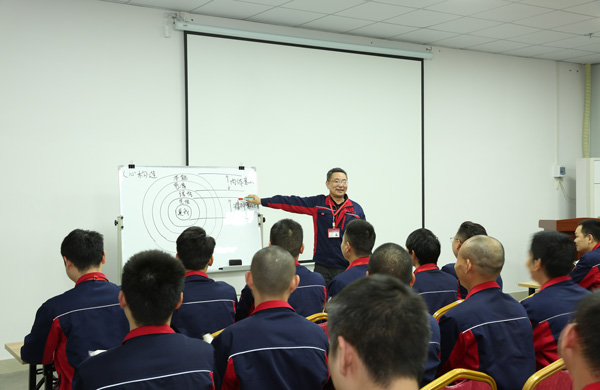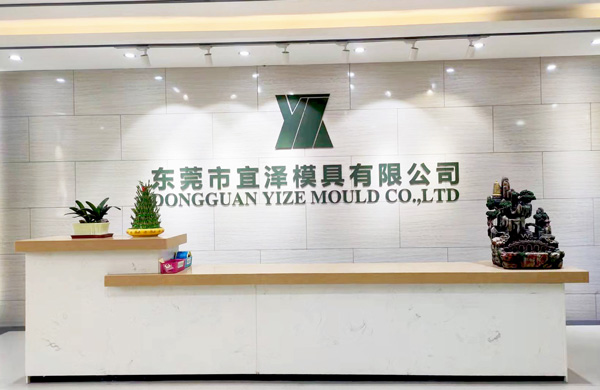In the field of injection molding, the appearance of ejector pin marks is a thorny issue faced by many product manufacturers. It not only affects the appearance quality of products but may also have potential impacts on their performance. So, what exactly causes ejector pin marks, and how can they be effectively improved? The following will provide a detailed analysis.
Causes of Ejector Pin Marks
The occurrence of ejector pin marks on injection-molded products is the result of the combined action of multiple factors. Excessively high mold temperature increases the adhesion between the plastic and the mold during ejection, making ejection more difficult and thus leaving ejector pin marks. Excessively high injection pressure and packing pressure cause the plastic to overfill the cavity, intensifying the friction between the plastic and the ejector pins during ejection and resulting in ejector pin marks. Unreasonable distribution of ejector pins leads to unbalanced ejection forces, with some areas experiencing excessive force and thus developing ejector pin marks. Insufficient demolding force prevents the plastic product from being smoothly released from the mold, and during repeated pulling with the ejector pins, ejector pin marks are formed.

Effective Measures to Improve Ejector Pin Marks
- Control the Injection Volume of Plastic Melt: Avoiding over-injection of plastic melt is a crucial step in improving ejector pin marks. Over-injection increases the pressure inside the cavity, increasing the friction between the plastic and the mold and ejector pins during ejection, which is likely to cause ejector pin marks. Therefore, during the injection molding process, precisely control the injection volume of the plastic melt to ensure it just fills the cavity, neither too much nor too little.
- Reasonably Adjust Pressure Parameters: Reducing the injection pressure and packing pressure can effectively reduce the occurrence of ejector pin marks. Excessive injection pressure causes the plastic to impact the cavity at high speed, increasing the friction between the plastic and the inner wall of the mold and also intensifying the friction between the plastic and the ejector pins during ejection. Excessive packing pressure over-compacts the plastic in the cavity, making ejection difficult. By reasonably adjusting these two pressure parameters, the friction between the plastic and the mold and ejector pins can be reduced, thereby reducing ejector pin marks.
- Optimize Injection Speed and Feed System: Reducing the injection speed and optimizing the feed system design can achieve good filling effects. Although high-speed injection can shorten the molding cycle, it easily causes turbulence of the plastic in the cavity, increasing internal stress and also intensifying the friction between the plastic and the mold and ejector pins. Optimizing the feed system design, such as adopting appropriate screw structures and injection speed control methods, enables the plastic to fill the cavity smoothly, reducing friction and internal stress generation, and thus reducing the likelihood of ejector pin marks.
- Precisely Control Mold Temperature and Cooling: Appropriately increasing the mold temperature, extending the cooling time, reducing the cooling rate, and optimizing temperature control and product structure help achieve uniform cooling of the product inside the mold. Excessively high or low mold temperatures affect the molding quality and ejection performance of the plastic. Increasing the mold temperature makes it easier for the plastic to be released from the mold during ejection, reducing friction with the ejector pins. Extending the cooling time and reducing the cooling rate allow the plastic to fully cool and solidify, avoiding internal stress caused by uneven cooling and thus reducing ejector pin marks. In addition, optimizing temperature control and product structure, such as setting reasonable cooling water channels and reinforcing ribs, promotes uniform cooling of the plastic inside the mold and further improves product quality.
- Optimize Ejection System Design: Analyze the ejection resistance and distribution, then adopt an appropriate ejection system and reasonably arrange the ejector pins to achieve balanced ejection. Excessive ejection resistance or uneven distribution leads to concentrated ejection forces in some areas, resulting in ejector pin marks. By accurately analyzing the ejection resistance, selecting an appropriate ejection method (such as ejector pin ejection or ejector plate ejection) and reasonably arranging the positions and quantities of the ejector pins, the ejection forces can be evenly distributed, reducing the occurrence of ejector pin marks.
- Improve the Surface Finish of the Cavity: Improving the surface finish of the cavity and polishing it in the direction of plastic part ejection during the final polishing stage can reduce the friction between the plastic and the cavity surface, making it easier for the plastic to be ejected from the mold. A smooth cavity surface reduces the resistance during plastic ejection and the friction between the ejector pins and the plastic, effectively avoiding the occurrence of ejector pin marks.
- Reasonably Use Mold Release Agents: Appropriately using mold release agents can reduce the adhesion between the plastic and the mold, making it easier for the plastic to be released from the mold. However, it should be noted that the use of mold release agents should be moderate. Excessive use may cause problems such as oil stains and uneven gloss on the plastic surface, and also affect the sealing between the plastic and the mold, thereby affecting product quality. Therefore, when using mold release agents, select appropriate ones according to factors such as the type of plastic, mold structure, and molding process, and strictly control the amount used.
By comprehensively applying the above series of measures, the problem of ejector pin marks during injection molding can be effectively improved, enhancing the appearance quality and performance of products and bringing better economic benefits and market competitiveness to injection molding product manufacturers.
